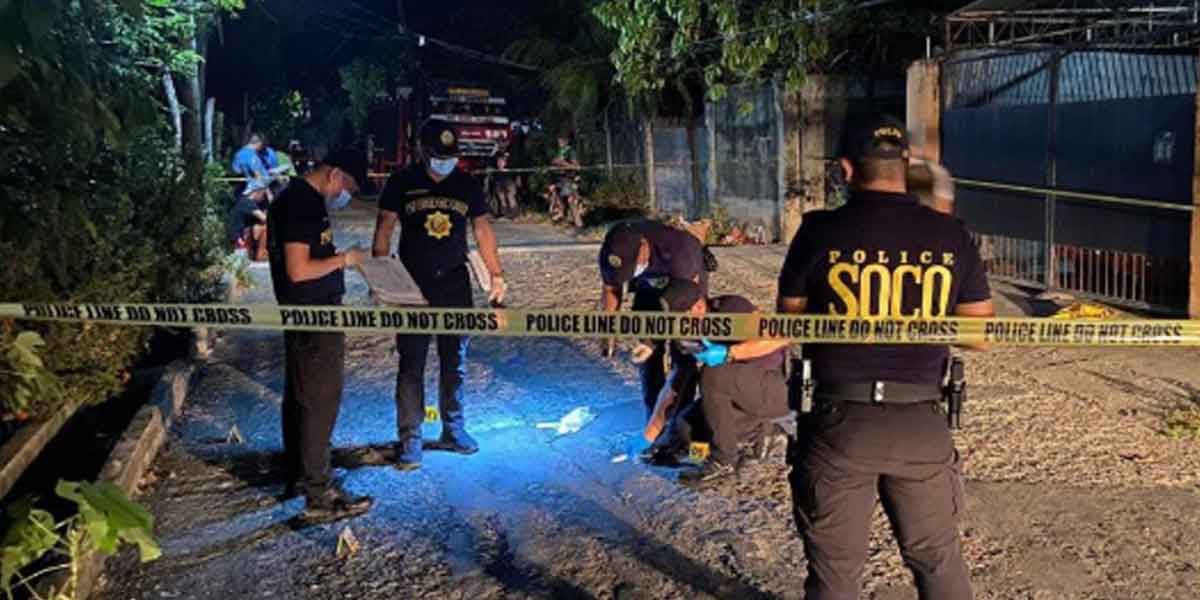 By Atty. Rolex T. Suplico
By Atty. Rolex T. Suplico
In the case of RICKY Q. QUILALA, petitioner, vs. GLICERIA ALCANTARA, LEONORA ALCANTARA, INES REYES and JOSE REYES, Respondent (G.R. No. 132681, December 3, 2001), the Supreme Court’s First Division, through Justice Consuelo Ynares-Santiago, answered the question of where the signature of the required acceptance of the donee in the deed of donation should be located in the document.
In this case, the donee’s signature was found in the right side margin of the page on the Acknowledgement, which mentions only the donor, not the donee.
The case started in 1981 when “Catalina Quilala executed a “Donation of Real Property Inter Vivos” in favor of Violeta Quilala over a parcel of land located in Sta. Cruz, Manila, x x x.”
The deed has 2 pages. “The first page contains the deed of donation itself, and is signed on the bottom portion by Catalina Quilala as donor, Violeta Quilala as donee, and two instrumental witnesses. The second page contains the Acknowledgment, which states merely that Catalina Quilala personally appeared before the notary public and acknowledged that the donation was her free and voluntary act and deed. There appear on the left-hand margin of the second page the signatures of Catalina Quilala and one of the witnesses, and on the right-hand margin the signatures of Violeta Quilala and the other witness. x x x.” The Acknowledgement mentions only Catalina.
The deed was then registered with the Register of Deeds, and a new title issued in the name of Violeta. Catalina died in 1983 and Violeta passed away in 1984. Ricky Quilala is the surviving son of Violeta.
Gliceria Alcantara, Leonora Alcantara, Ines Reyes and Juan Reyes, who claimed to be “Catalina’s only surviving relatives within the fourth civil degree of consanguinity, executed a deed of extrajudicial settlement of estate, dividing and adjudicating unto themselves the above-described property.”
In 1984, the Alcantaras and the Reyeses filed against Ricky “an action for the declaration of nullity of the donation inter vivos, and for the cancellation of TCT No. 143015 in the name of Violeta Quilala” before the Regional Trial Court of Manila. The trial court ruled in their favor, and held that the deed, although signed by both Catalina and Violeta in the first page, was void because it was “acknowledged before a notary public only by the donor, Catalina. Consequently, there was no acceptance by Violeta of the donation in a public instrument, thus rendering the donation null and void.”
Aggrieved, Ricky appealed to the Court of Appeals. In 1997, the CA affirmed the trial court’s judgment with a modification. It dismissed “the complaint for lack of cause of action without prejudice to the filing of probate proceedings of Catalina’s alleged last will and testament.“ This forced Ricky to file a petition for review with the Supreme Court.
The Court pointed out that the “principal issue raised is the validity of the donation executed by Catalina in favor of Violeta.” It reviewed Art. 749 of the Civil Code and stated that “the donation of an immovable must be made in a public instrument in order to be valid x x x.”
The problem arose because “the Acknowledgment appearing on the second page mentioned only the donor, Catalina Quilala. Thus, the trial court ruled that for Violeta’s failure to acknowledge her acceptance before the notary public, the same was set forth merely on a private instrument, i.e., the first page of the instrument.”
The Court cited Section 112, paragraph 2 of Presidential Decree No. 1529, which states that:
“Deeds, conveyances, encumbrances, discharges, powers of attorney and other voluntary instruments, whether affecting registered or unregistered land, executed in accordance with law in the form of public instruments shall be registrable: Provided, that, every such instrument shall be signed by person or persons executing the same in the presence of at least two witnesses who shall likewise sign thereon, and shall be acknowledged to be the free act and deed of the person or persons executing the same before a notary public or other public officer authorized by law to take acknowledgment. Where the instrument so acknowledged consists of two or more pages including the page whereon acknowledgment is written, each page of the copy which is to be registered in the office of the Register of Deeds, or if registration is not contemplated, each page of the copy to be kept by the notary public, except the page where the signatures already appear at the foot of the instrument shall be signed on the left margin thereof by the person or persons executing the instrument and their witnesses, and all the pages sealed with the notarial seal, and this fact as well as the number of pages shall be stated in the acknowledgment. Where the instrument acknowledged relates to a sale, transfer, mortgage or encumbrance of two or more parcels of land, the number thereof shall likewise be set forth in said acknowledgment.” (italics supplied).”
The Court then held that:
“As stated above, the second page of the deed of donation, on which the Acknowledgment appears, was signed by the donor and one witness on the left-hand margin, and by the donee and the other witness on the right-hand margin. Surely, the requirement that the contracting parties and their witnesses should sign on the left-hand margin of the instrument is not absolute. The intendment of the law merely is to ensure that each and every page of the instrument is authenticated by the parties. The requirement is designed to avoid the falsification of the contract after the same has already been duly executed by the parties. Hence, a contracting party affixes his signature on each page of the instrument to certify that he is agreeing to everything that is written thereon at the time of signing.”
The Court said that “the specification of the location of the signature is merely directory. The fact that one of the parties signs on the wrong side of the page does not invalidate the document. The purpose of authenticating the page is served, and the requirement in the above-quoted provision is deemed substantially complied with. In the same vein, the lack of an acknowledgment by the donee before the notary public does not also render the donation null and void. The instrument should be treated in its entirety. It cannot be considered a private document in part and a public document in another part. The fact that it was acknowledged before a notary public converts the deed of donation in its entirety a public instrument. The fact that the donee was not mentioned by the notary public in the acknowledgment is of no moment. To be sure, it is the conveyance that should be acknowledged as a free and voluntary act. In any event, the donee signed on the second page, which contains the Acknowledgment only. Her acceptance, which is explicitly set forth on the first page of the notarized deed of donation, was made in a public instrument.”
The Supreme Court then granted Ricky’s petition. It reversed and set aside the appealed decision of the Court of Appeals.
The Court based its decision on whether or not the law is mandatory or directory. The Court held that it is merely directory. The entire 2-paged document is thus a public document.
“x x x. The instrument should be treated in its entirety. It cannot be considered a private document in part and a public document in another part. The fact that it was acknowledged before a notary public converts the deed of donation in its entirety a public instrument. x x x.”
It took Ricky Quilala 17 years to get this final ruling from the Supreme Court, starting from the time the Alcantaras and the Reyeses filed the case in 1984 with the RTC of Manila. Well, so much so for the legal maxim justice delayed is justice denied.






















